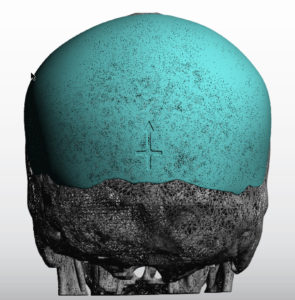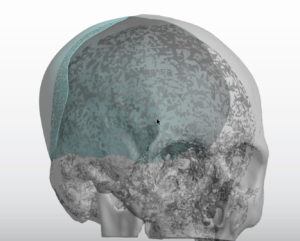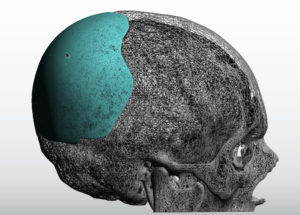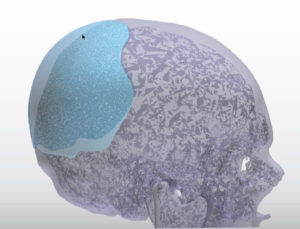A flat back of the head occurs due to either congenital in utero fetal positioning or post birth neonatal/infant sleep habits. Certain ethnicities are more prone to it than others but all skulls can be reshaped at very early ages in adverse manner. One of the most common aesthetic skull deformities that has its origin at an early age is that of a flat back of the head. This can appear as an asymmetry (plagiocephaly) or as a more complete (bilateral or brachychephaly) flat back of the head.
As one might suspect there is no gender difference in developing a flat back of the head. The one gender difference that does exist is that men outnumber women who are aesthetically bothered by the lack of occipital-parietal projection. Not surprising this is because men wear shorter hairstyles or even shave their head, exposing their entire skull shape to greater scrutiny. Women are more frequently concerned about lack of crown height which is a more superiorly located aesthetic skull height issue.


Despite these limitations most men can achieve a good improvement in building out the back of the head due to the surface coverage of the implant. Projection alone is not the sole influence in making the back the head more round. The surface area coverage or foot print of the implant on the skull is actually more important which is why such custom skull implants must extend somewhat onto the sides and top of the skull which is very much like adding a missing part of the skull.
Dr. Barry Eppley
Indianapolis, Indiana




